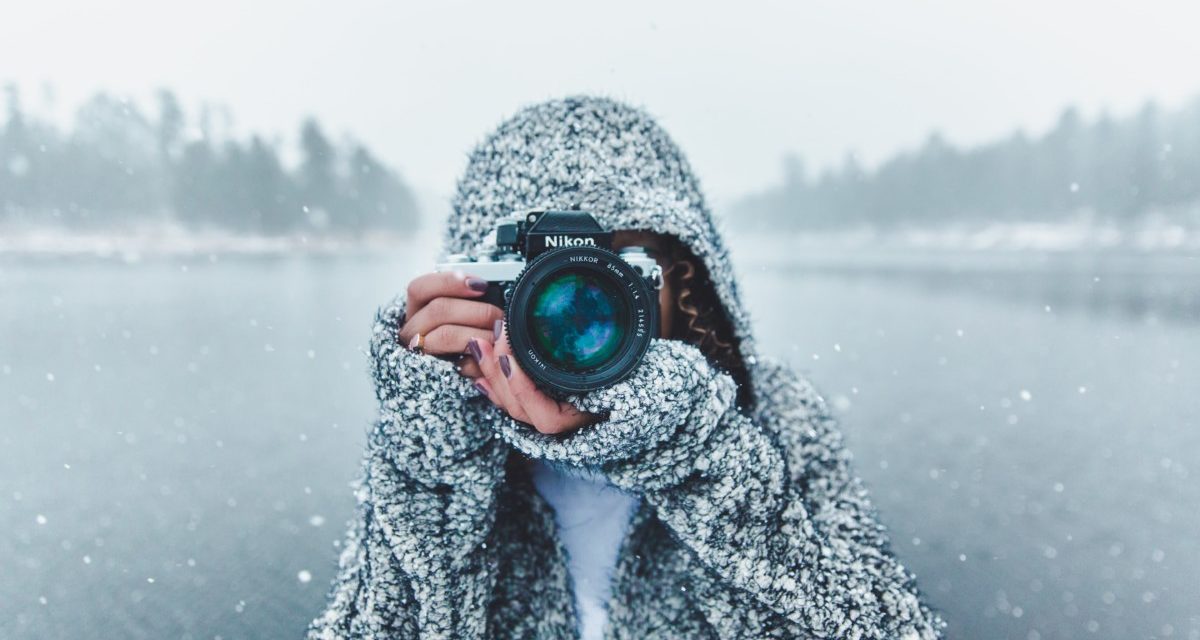Like most digital SLR cameras, the Canon Rebel T6, or Eos 1300D, has a built-in flash and also a hotshoe for an off-camera flash. The built-in flash is very good for casual photography, perhaps of family or friends. It has a GN (guide number) of 90, which means that it is effective over a distance of about 2-3 metres under normal settings (100 ISO, f4). The advantage of the built-in flash is that, being built into the camera, you always have it with you, and it is automatically dedicated to produce the best exposure, using the camera's ETTL system (Evaluative Through The Lens), which means that the camera shares its exposure settings with the flash so that the picture looks good. This is particularly useful if you are using the flash to fill-in. The other advantage is that if you are using the Basic Modes (automatic through to night portrait), then the camera will decide if flash is required, so you don't have to think about it.
There is also an option to make the flash fire, even if the camera doesn't think you need it. The options you can change are limited compared to the external flash, but one useful choice is front curtain or rear curtain, because this will have an effect on how your action pictures are shot. if the flash is set to first curtain, then the flash will fire as the shutter opens. If the flash is set to rear curtain, then the flash will fire just before the shutter closes. This may not seem important, but if you are shooting fast-moving subjects, firing the flash first will make it look like the subject is moving backwards (because the subject is frozen by the flash, and then there is some ghostly movement as the subject moves forward). If the flash fires at the end of the shot, the ghostly movement happens first, and the subject is frozen by the flash, which makes the subject like they are going forwards.
You can also change the exposure compensation settings and the ETTL choosing either evaluative or average. In this instance, Evaluative will set the flash according the light on the subject, whereas Average will set the flash according to an average of all the light in the frame. Because the flash is using ETTL, it knows the lens settings, so it will concentrate the flash light if the lens is zoomed (50 -100mm) or disperse the light if the lens is on a wide focal length (24mm, for example).
There are more creative options for the external flash, though that does depend to some degree on the flash gun you have.
With both you get the option to change the flash synchronization – either front (first) curtain or rear (second) curtain. Front curtain fires the flash as the shutter opens and rear curtain fires the flash just as the shutter closes. If the subject is stationary, then this won't matter much, but if the subject is moving, then when the flash fires will affect the impression of movement in the picture. The off-camera flash options may also offer High Speed Sync, which allows you to shoot pictures in bright light with a shallow depth of field. With both flash options you get Flash Exposure Bracketing (FEB), which allows you to bracket your shots – shoot the same picture with different flash intensity, and then pick the one you prefer.
If the external flash has ETTL settings, then it will also respond to the zoom setting of the lens. This is very useful as, if the lens is on a wide-angle setting the flash will try to disperse its light over a wide area, whereas if the lens is on long setting, then the flash will narrow the beam of light to try to get more distance. In many cases the external flash will also operate as a slave flash, which means that you can place the flash away from the camera, and it can be triggered by the built-in flash on the camera.
The Canon 1300D, or Rebel T6, is a superb camera for learning how to use flash in your photography. Watch this video here or visit my website to find out more.

